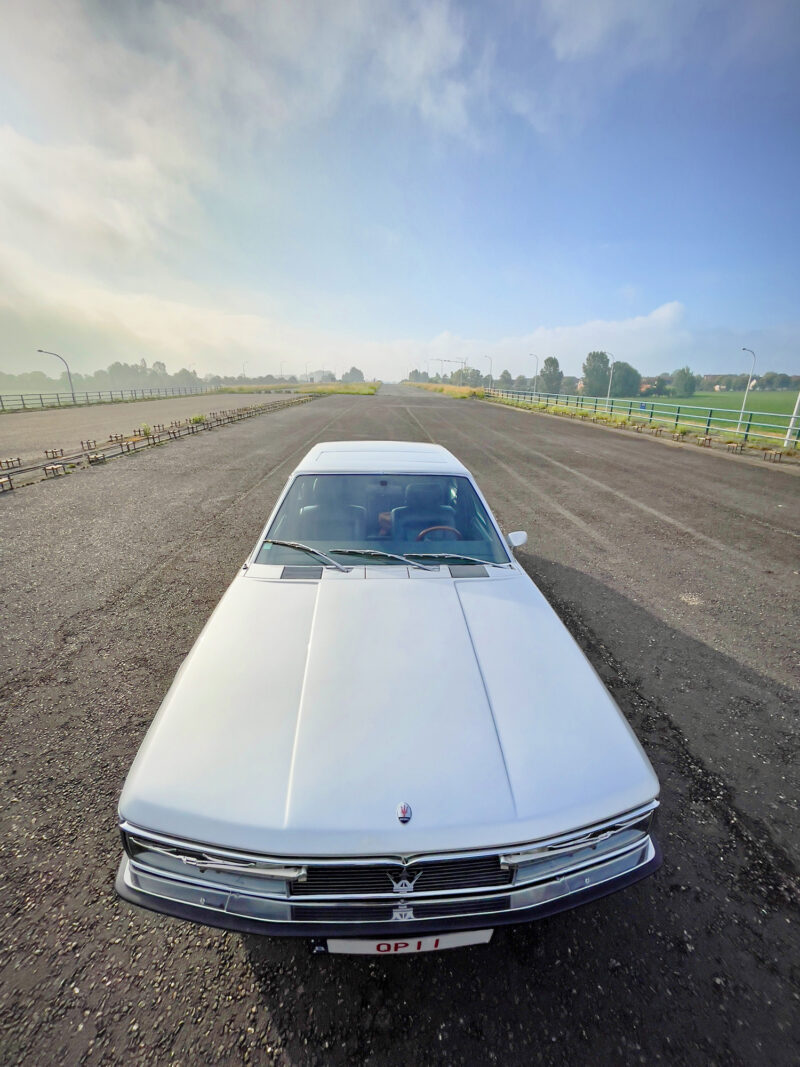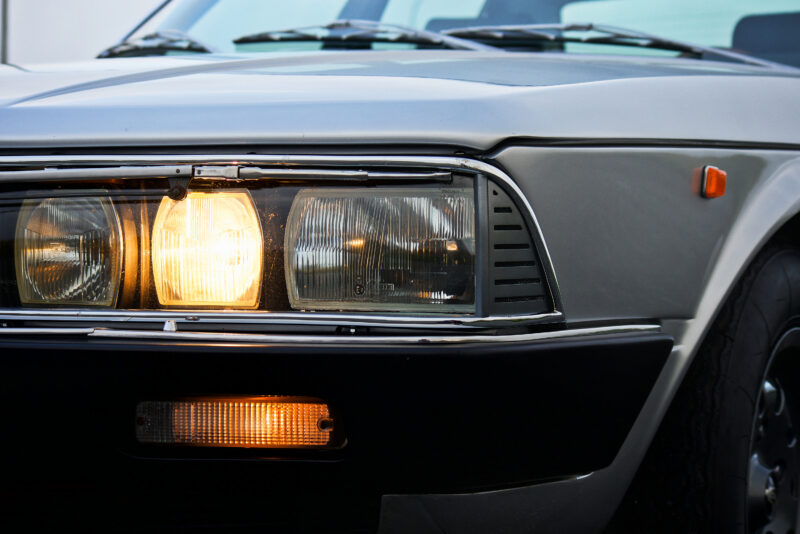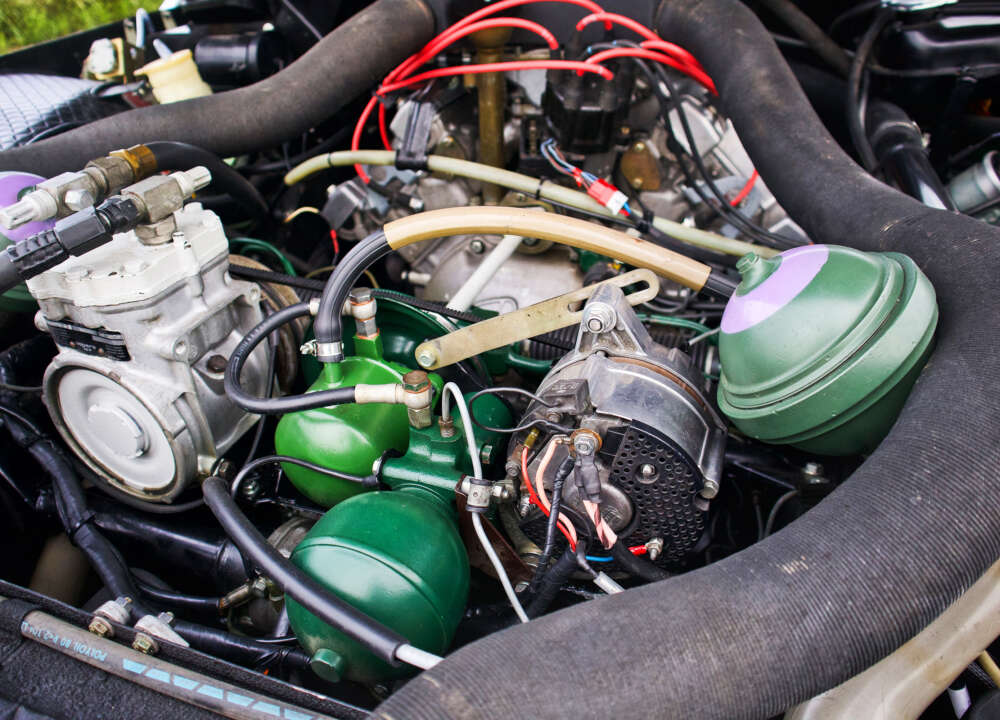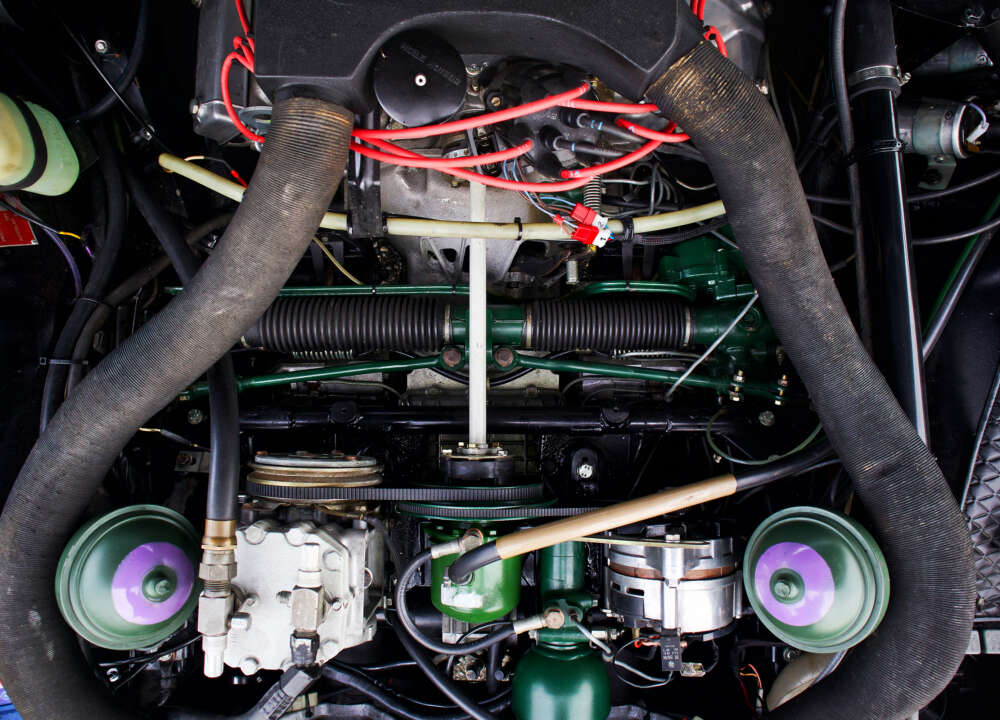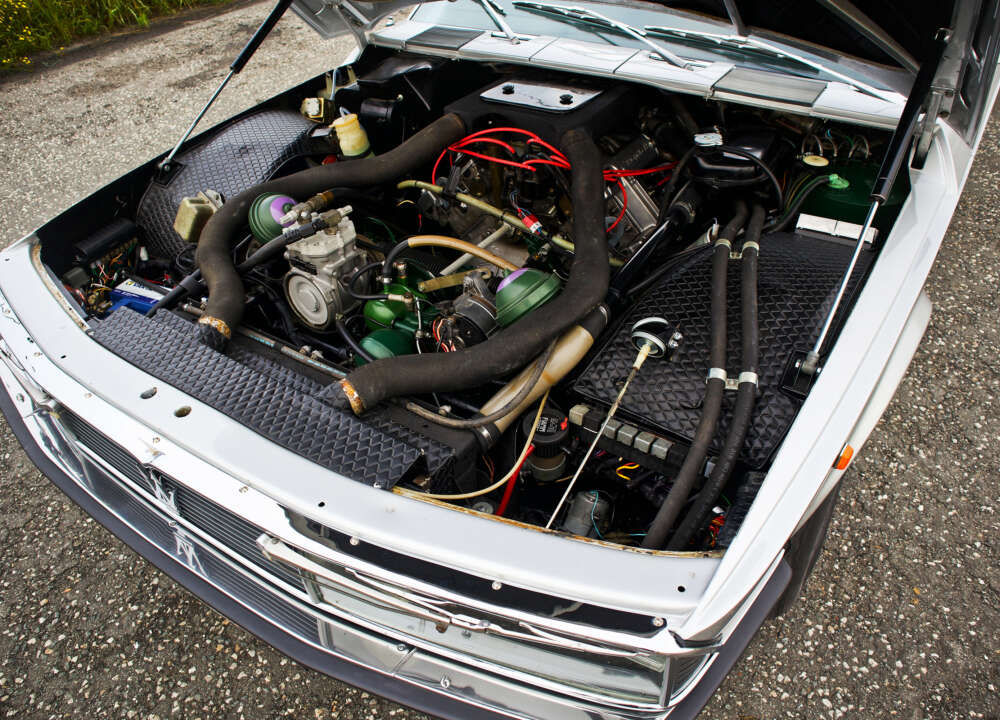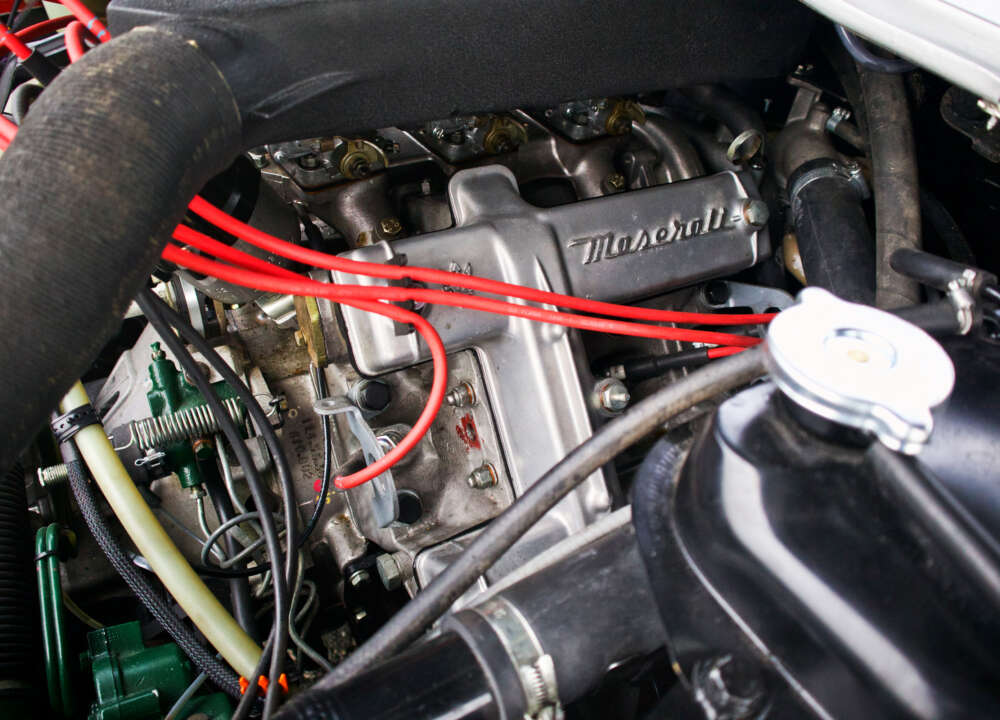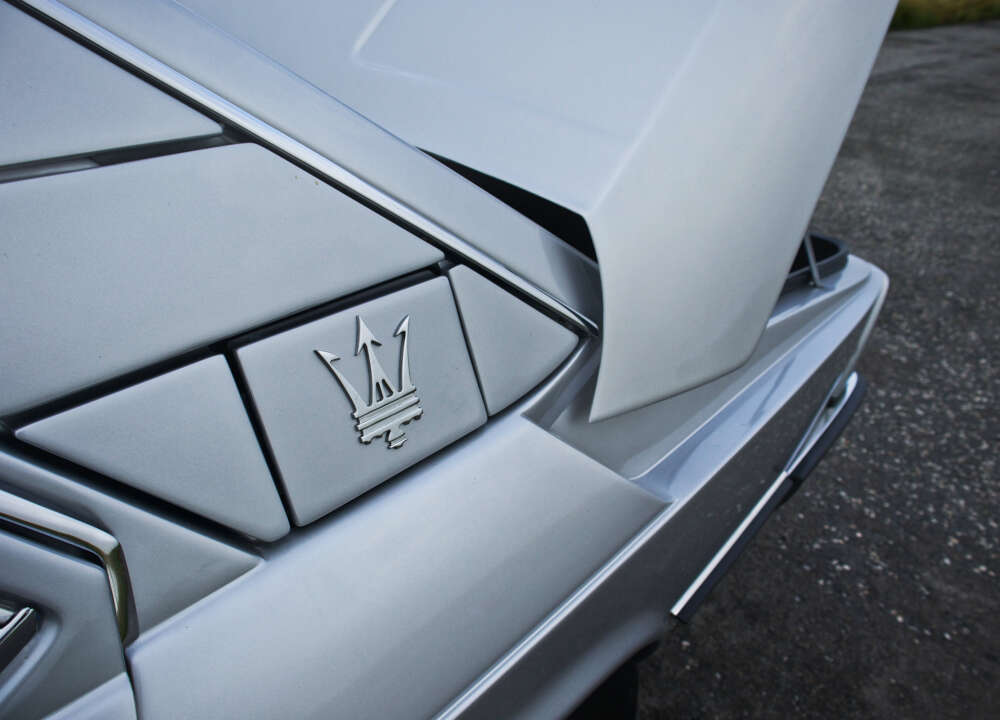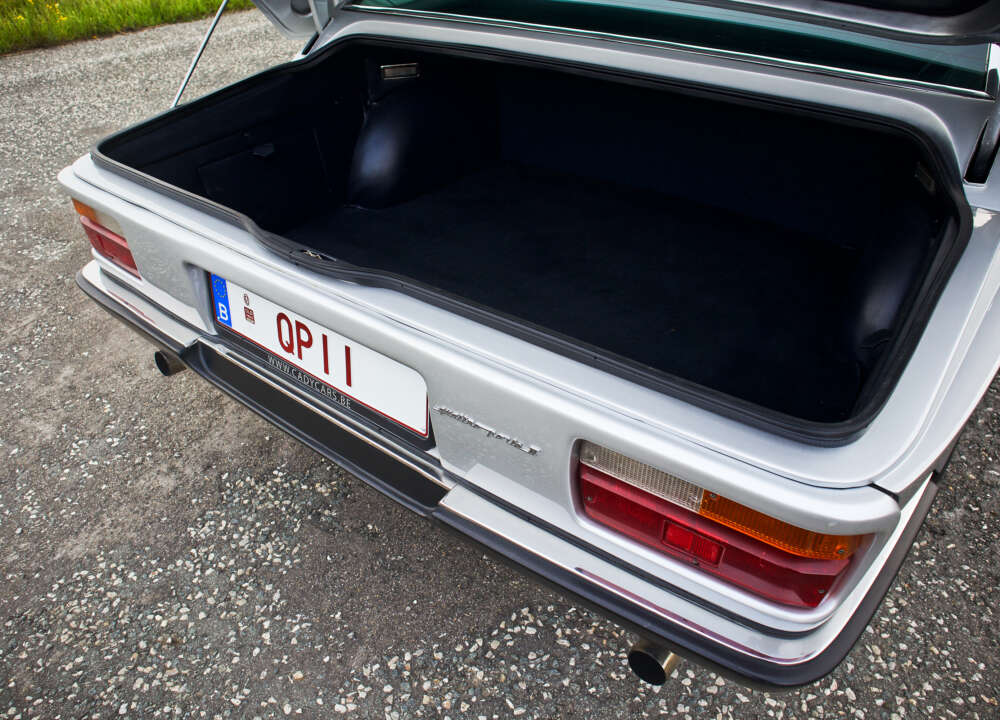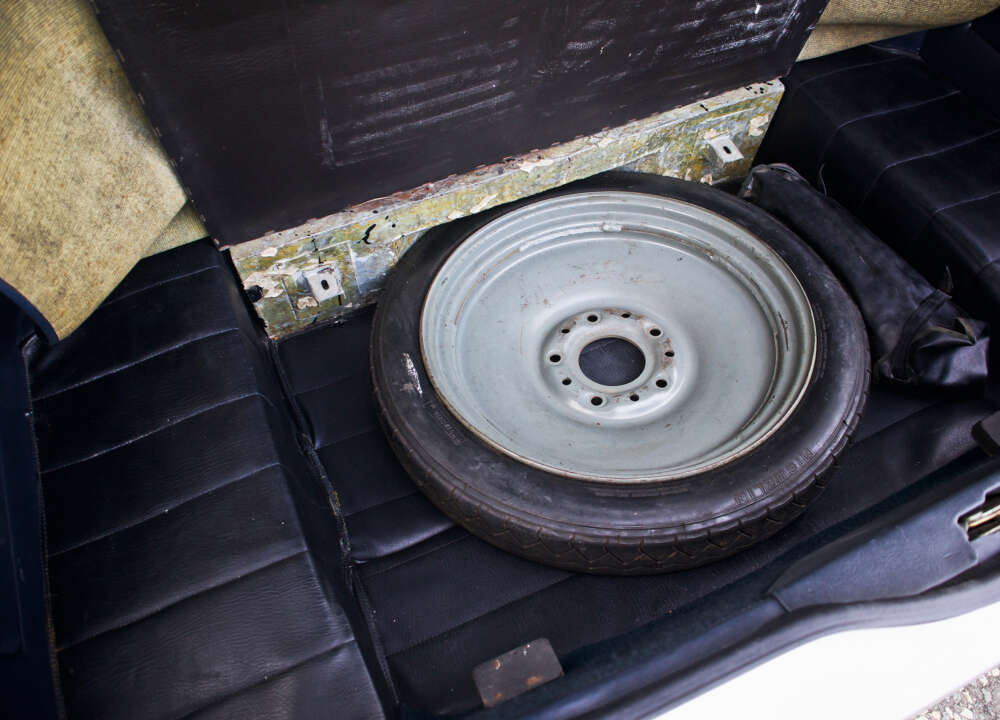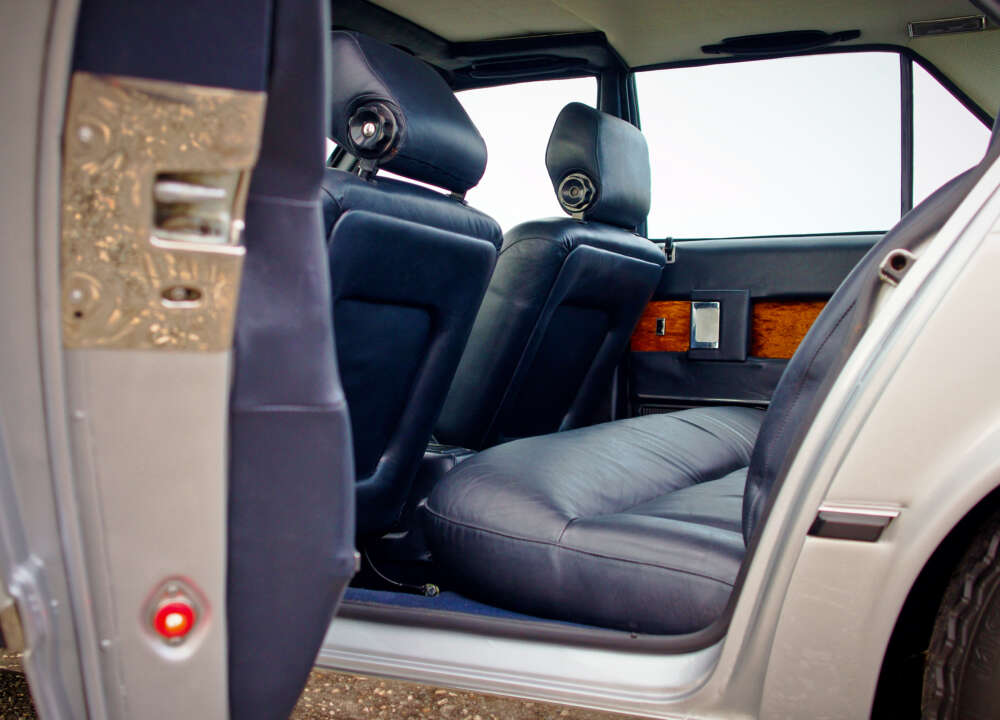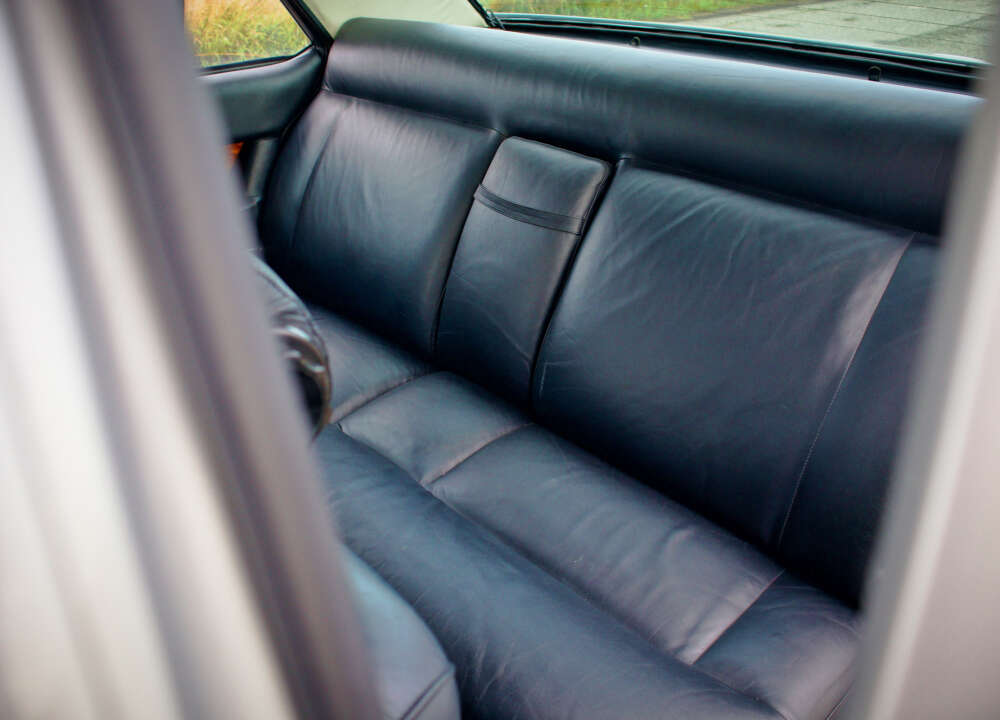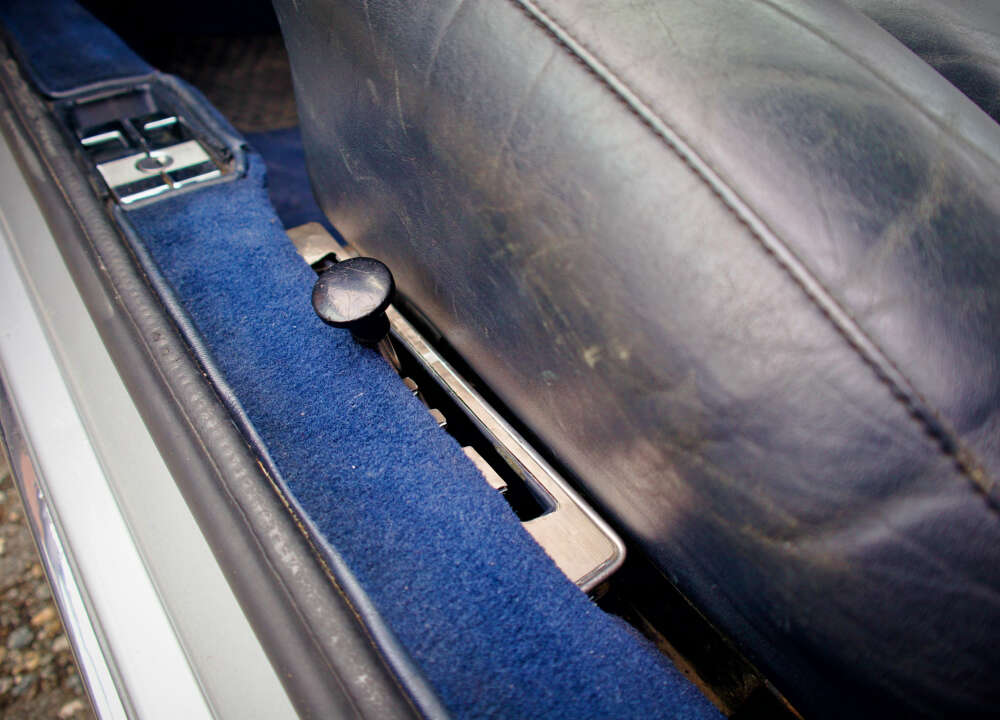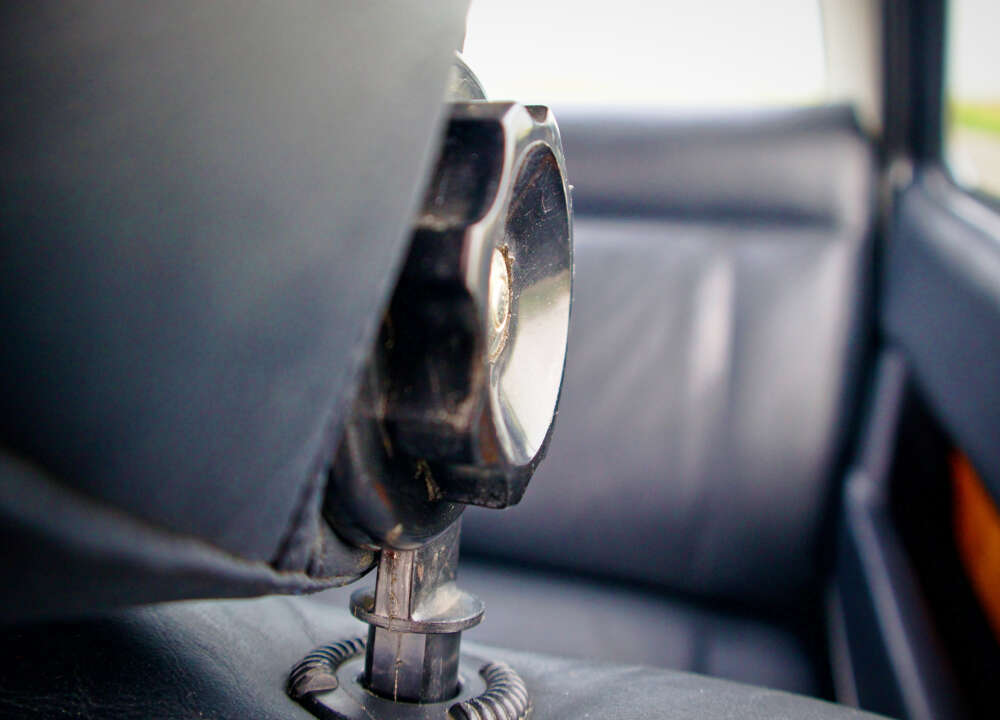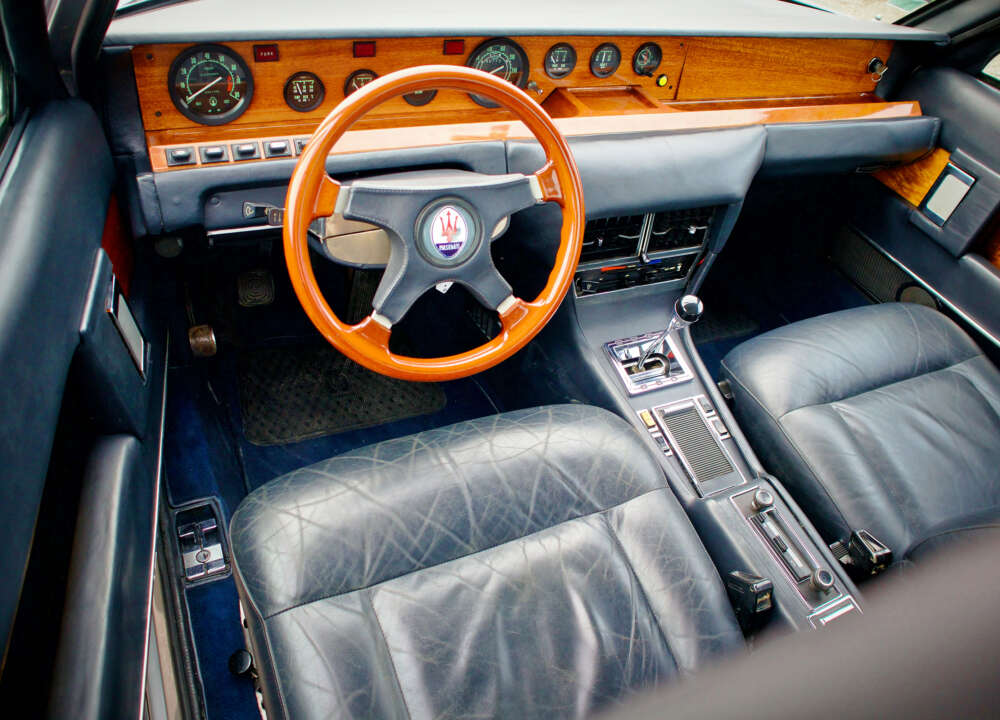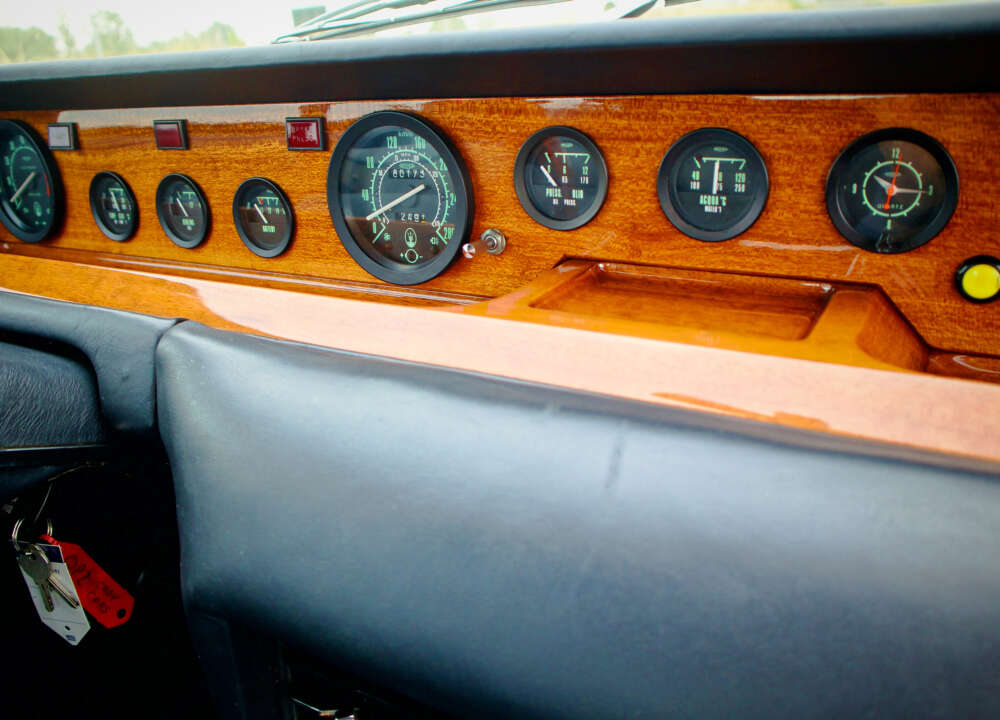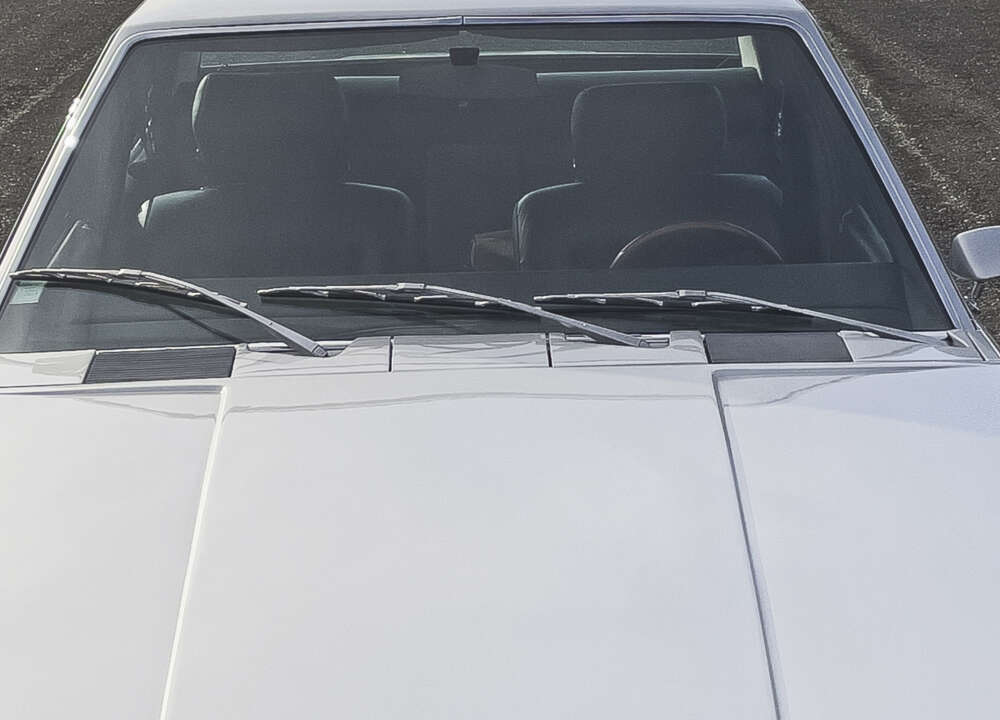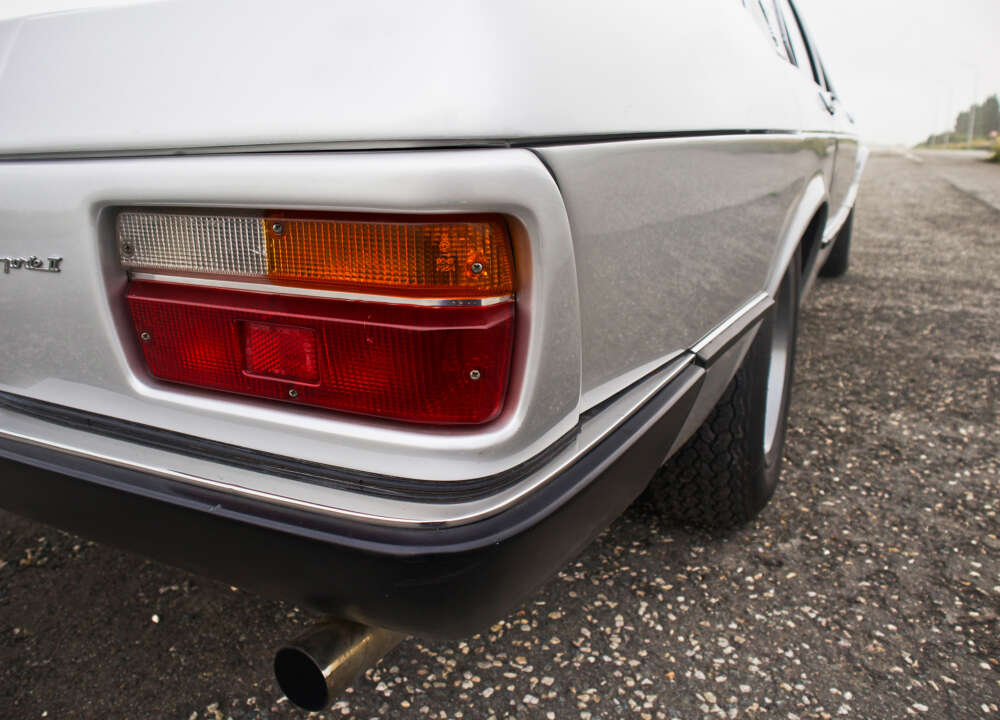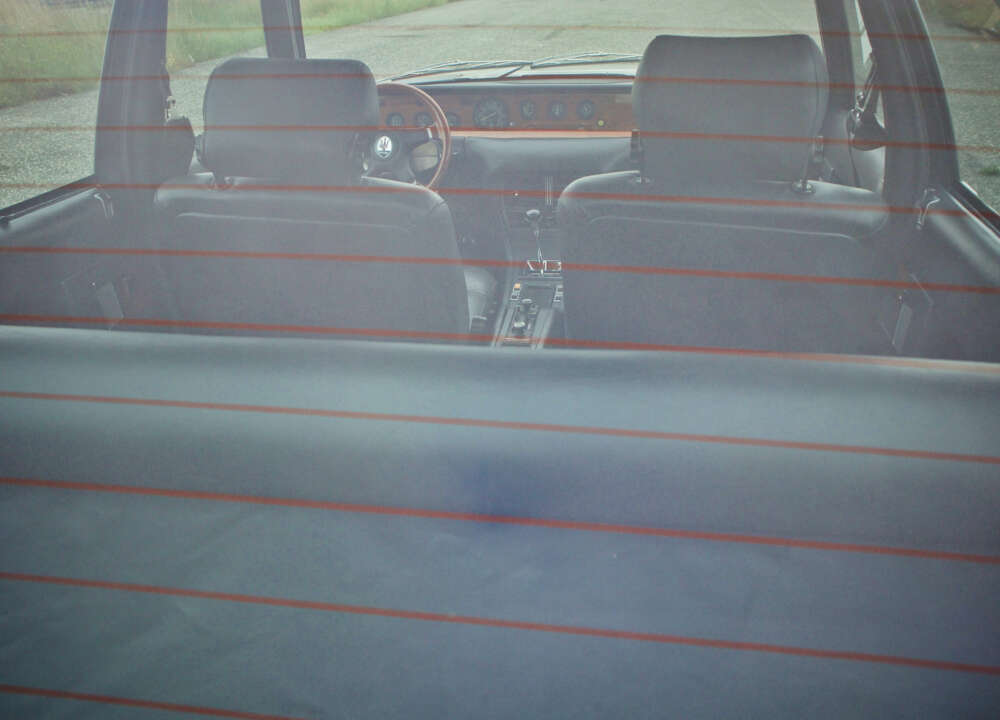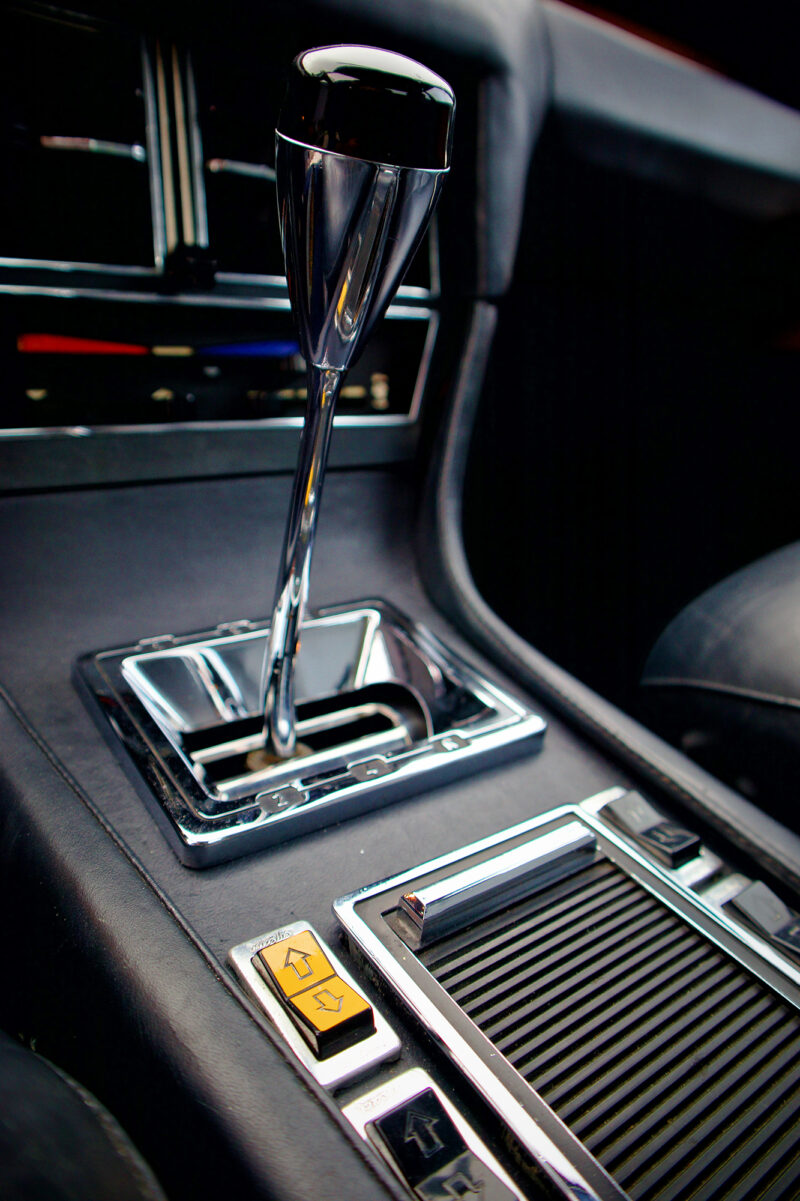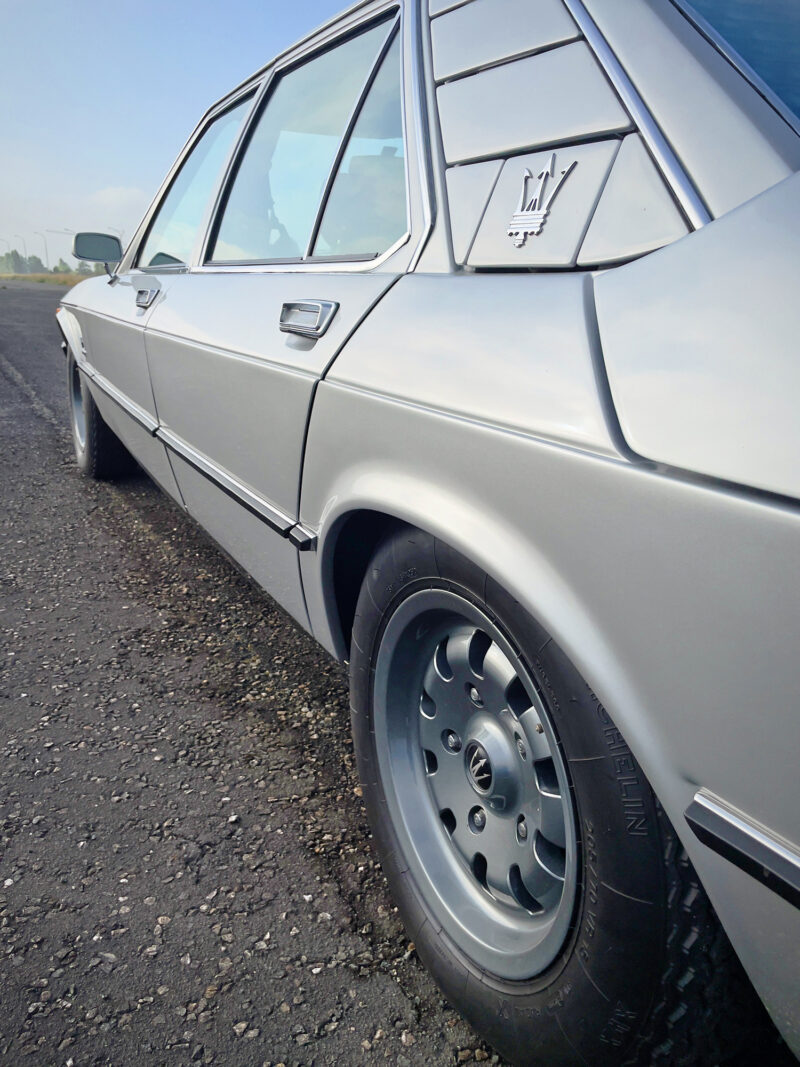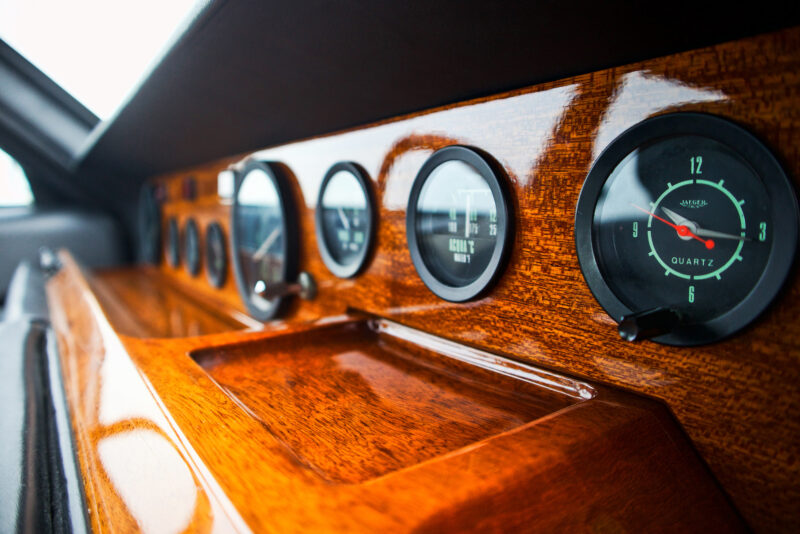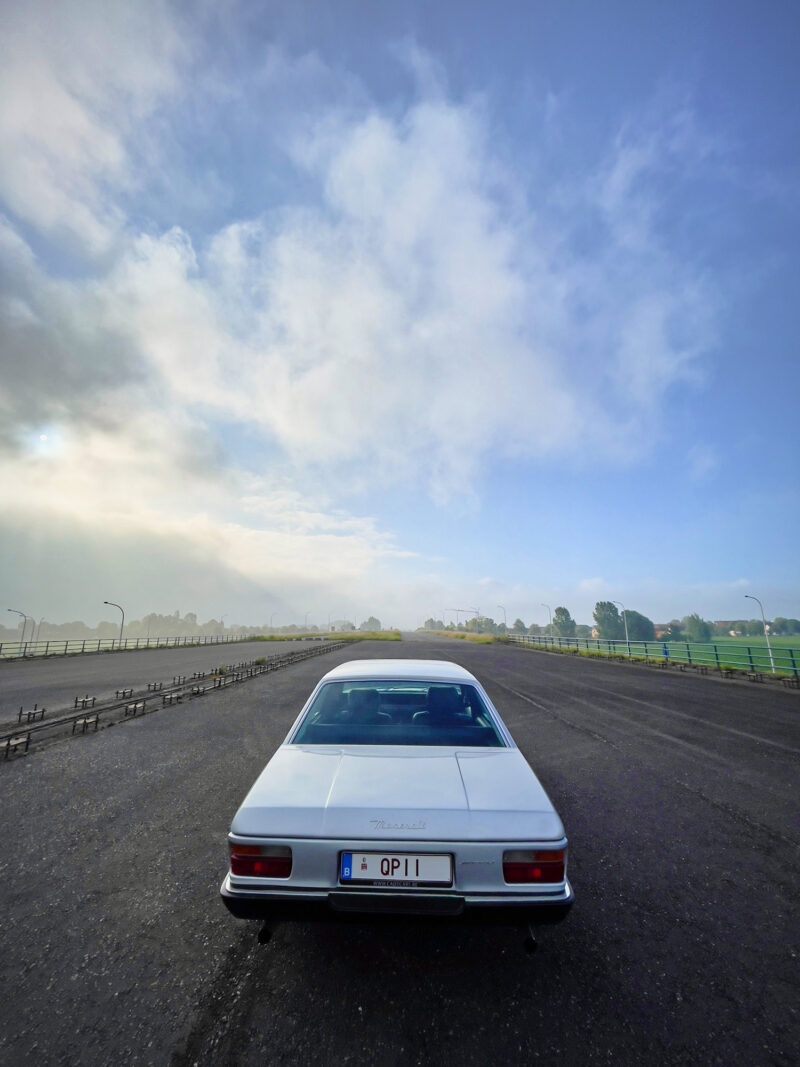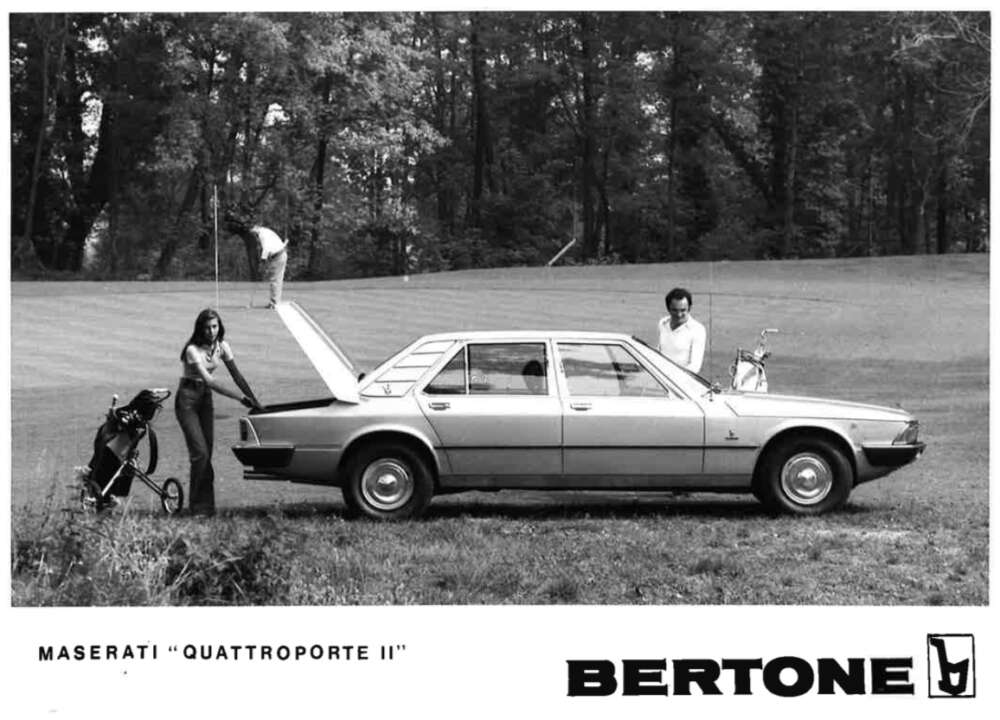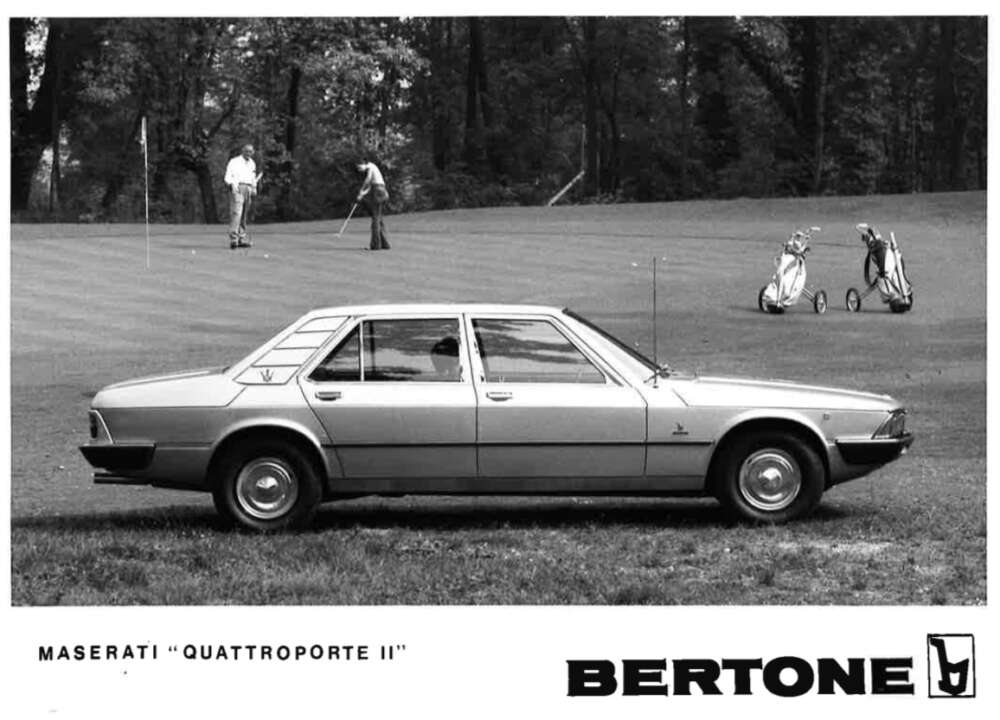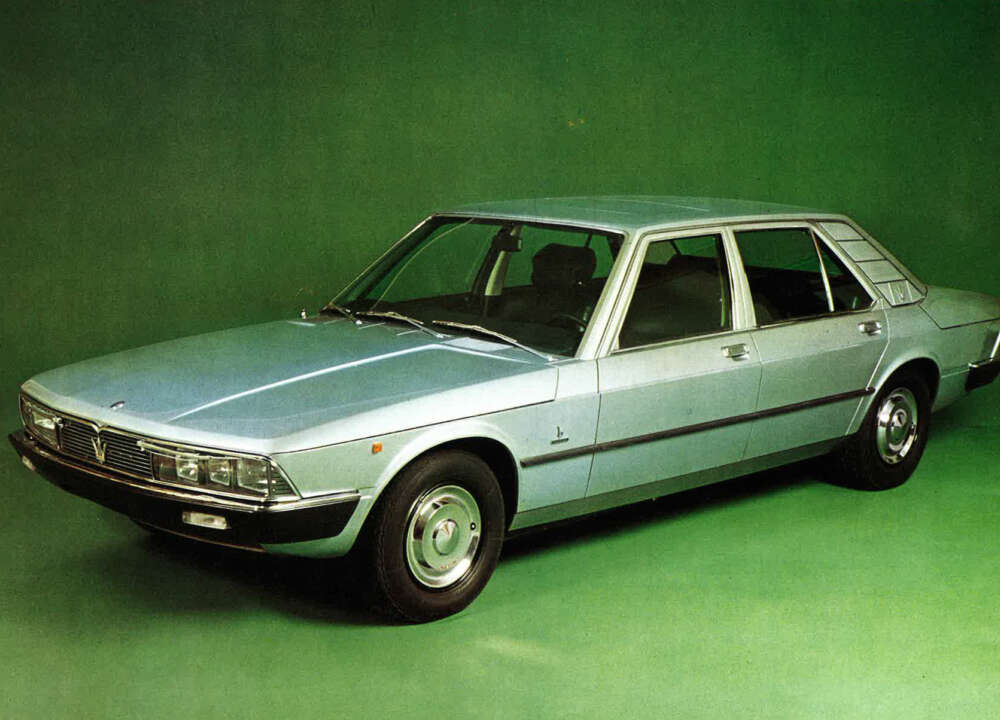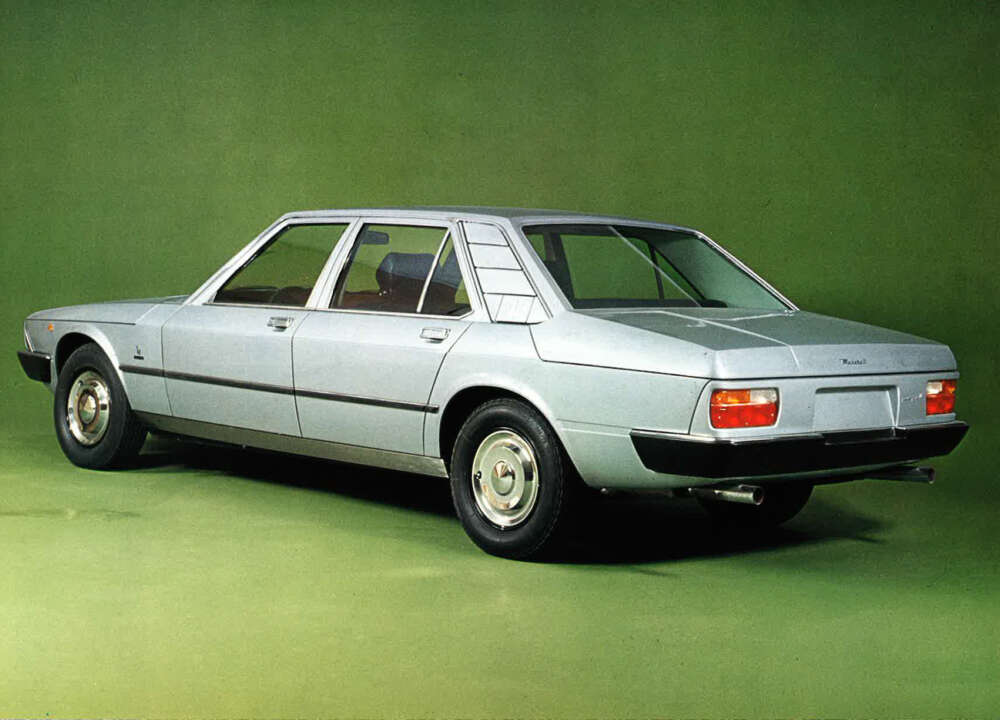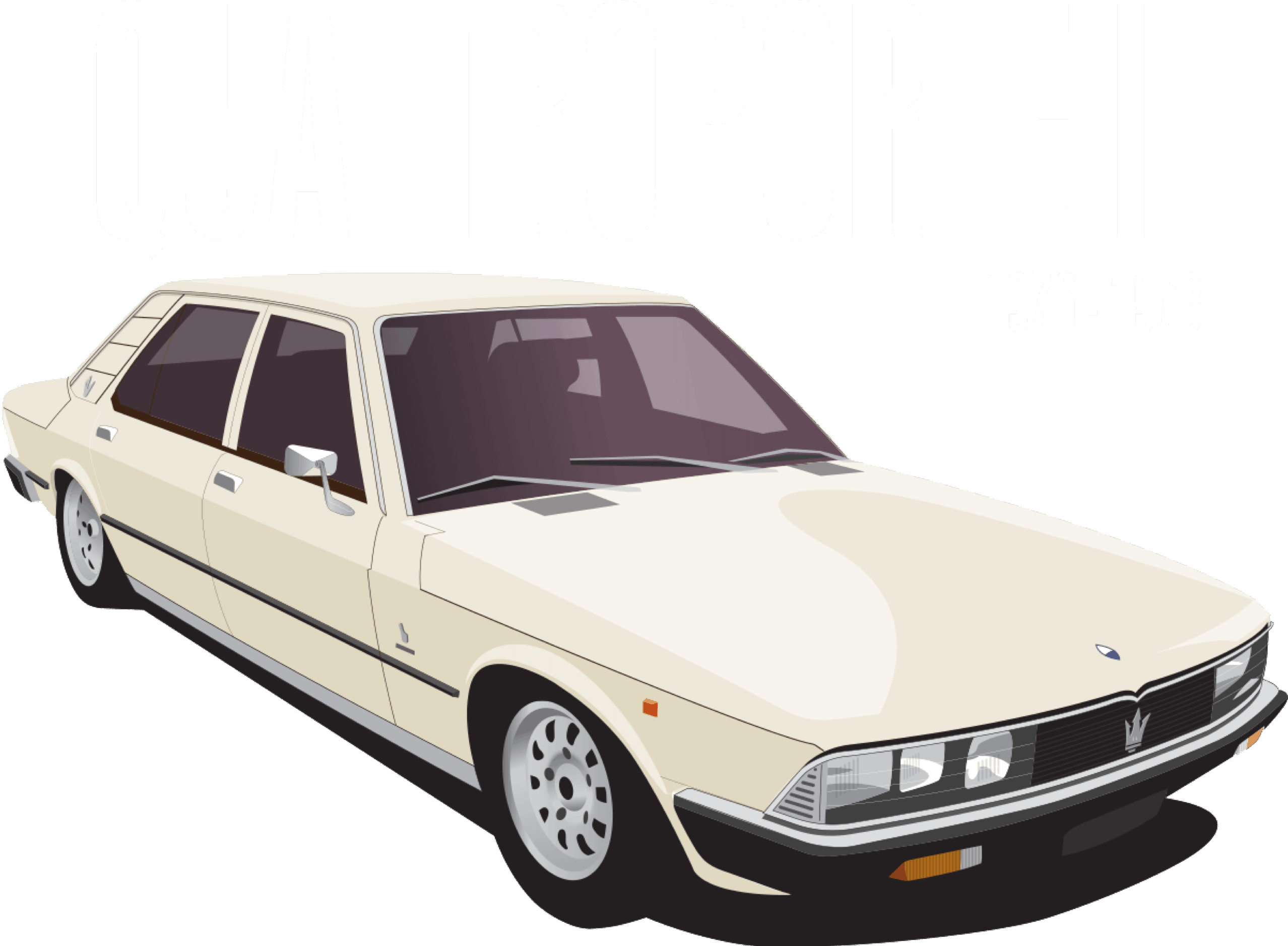
The stillborn child, with discrete styling, was brilliant
The stillborn child of a troubled era, with discrete styling, was brilliant, the best sedan of its age, but it never had a chance to prove it.
No Maserati was more defined by its socio-economic birth era than the Quattroporte II.
October 1973! The oil crisis was a disaster for the sale of fuel-thirsty sports and GT cars. Petrol prices quadrupled, and speed limits came into effect in numerous countries. There were driving bans on Sundays throughout Europe. These cars became politically incorrect, even embarrassing.
As a consequence sales of the Citroën SM dropped vertiginously at a time when 85% of the factory floor staff at Maserati was devoted to assembling SM engines. Maserati car sales also fell. The factory had increased its staff within a few years from less than 400 to 1000 and was bleeding financially. There was a need for a new model at minimal investment and a brief that the new car should be discreet. The market opportunity for this was to revive the Quattroporte model, which had been very successful from 1963 to 1969. The best possible use of existing components at minimal cost was to modify the Citroën SM chassis for this purpose. They extended the chassis frame and made the rear axle track wider (like on the DS the SM had the characteristic Citroën wider front axle track). Bertone, through the pen of Marcello Gandini, designed the body. The car needed to be discreet, subdued, elegant in a time when it was a bad idea to show wealth. A massive yet pleasing shape was born with a very luxurious interior and a huge trunk. It was a front-wheel-drive of course but as this was not a sports car meant to tackle twisty roads at full speed but a Gentleman’s refined Autostrada transport that was not an issue. The power, however, from the 3-litre version of the SM engine was around 190hp. Not massive for a car which was heavier than the SM. One car received a 3,2-litre version of the engine. There would soon be a plan for more power though. The SM headlights were behind the nose grille, but unlike on the French car, they did not turn with the steering.
The Quattroporte II received an introduction a the 1974 Paris salon. Citroën’s president Pierre Bercot had forbidden a four-door version of the SM. The potential sales for the QPII had to come from both Maserati and Citroën SM clients who had wanted more space in their car. QPII’s were on display at shows in Geneva, Turin, Brussels, Amsterdam, Barcelona and hopes were high that it could replenish the poorly drained coffers. There were no media test drives at all, however. Stormy waters were beginning to approach the Modenese factory, and its entire fate would soon be in the balance. Still, a plan for a bigger engine emerged. Guy Malleret, Citroën’s administrator, did not want to use the ancient V8 and ordered a new one based on a modified Merak V6 +2 block. They made one, a real work of craftsmanship, and it developed about 270-280hp. They installed it in an SM for development for the sake of convenience. Jacques Né as head of SM development at Citroën and chief engineer Giulio Alfieri tested it extensively. With this motor and the level of luxury in the cabin along with the incredible magic carpet comfort provided by the hydraulic suspension, the house of the Trident would have had one of the best riding, most accomplished saloons of all time.
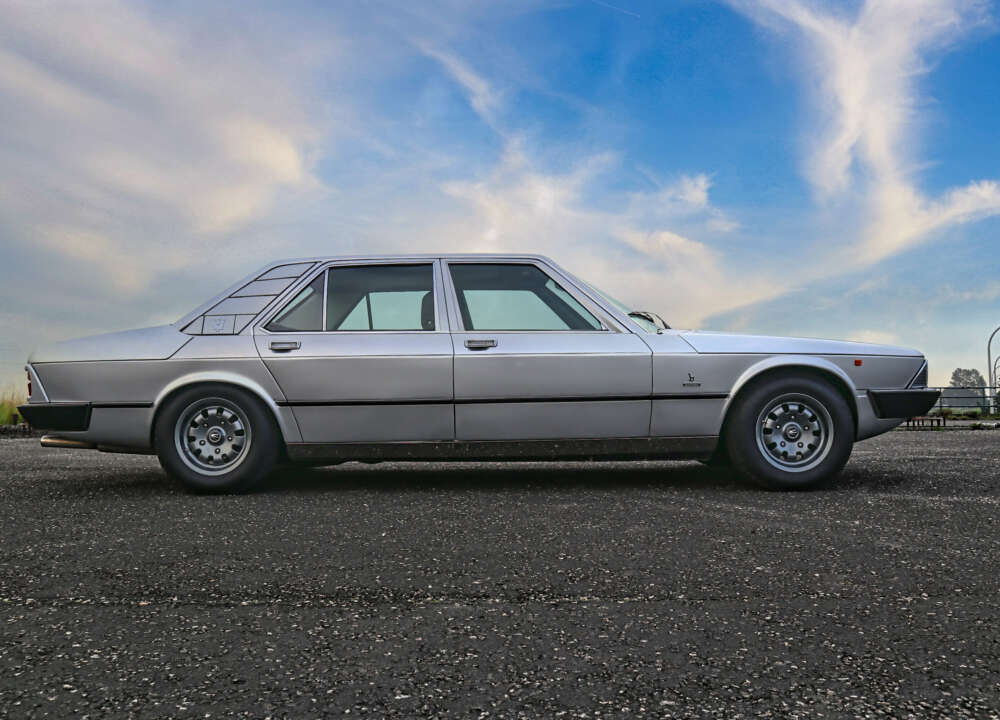
Alas, the whole project was then cancelled. Michelin had passed ownership of Citroën to Peugeot in 1974 with French government intervention. Peugeot, a dour provincial company, not inclined towards sports cars, looked at Maserati’s accounts and decided to stop investments. The QPII was, therefore, never homologated. Only a few sold at first. Then in May 1975, Peugeot ordered the closure of the Maserati factory. Later that year after months of running with skeleton staff de Tomaso with the aid of the Italian government took over. The Argentinian born decided not to pursue QPII production because 60% of the parts were Citroën SM. He also resented Citroën who had beaten him to the purchase of Maserati (with Ford money) in the late sixties. Indeed he fired Giulio Alfieri the very first morning he took control, blaming him for that. Eventually, 13 Quattroporte II’s were hand-assembled in the corner of the factory until 1978. They were sold to Spain - not yet an EU member - and the Middle East, countries where homologation was not an issue.
Specifications
Thirteen cars finished, an additional six body shells were destroyed. Apart from a variation from two to three windshield wipers and the rumoured 3,2-litre car, there were no model variations since it was stillborn, cancelled. Today running cars exist one in France, Belgium and Germany with two others undergoing restoration in Belgium and one in France using a donor as parts supply. The other six have vanished or not been found, one missing in Spain, the rest in the Middle East.
Engine
V6, light-alloy block
2965 cc
Power output: 210 hp
Body
Four-door saloon, five-seater; a monocoque body shell
Designed by Bertone
Performance
200 kph
Competitors
Large Mercedes and BMW’s were, of course, the target. Massive numbers of these were built, in typical efficient zero charisma manner and these have no rarity appeal. Jaguar made various saloons at the time; finding a good one without rust is not so easy. The case of the Aston Martin Lagonda is altogether different though, as the only one in the market positioned above the QPII.
Valuation
With three cars in running condition as I write this and none for sale, it is not easy to put an estimate on a Quattroporte II. Different prices for different sales show that pricing depends on the circumstances and personalities. There is no set market value, and putting a number on it would be nonsense. The negotiation will determine it if you find an owner willing to part with it. Of course, if you find one of the missing ones in Spain or the middle east, it will be cheap to buy but will need a full restoration. One was found in the desert and served as a shelter by goats! SM Engine, gearbox, chassis parts are readily available though. Your realistic solution is to buy an SM or choose which other Quattroporte model appeals to you more: the precursor series I or the 1980’s series III.
Persuasion
To manage to own one of these would be a coup for any collector as nothing beats rarity. Likewise, it is the roomiest Maserati of that era with ample room for five plus a huge trunk. It makes the perfect companion for a Khamsin or Bora in your garage. There is a rare and great satisfaction in explaining a car people have never seen, never even heard of when it was, in fact, a great product. There is argumentation that the QPII is the most accomplished car ever to be cancelled.
Initial texts by Marc Sonnery.
Registry
This registry is in the hands of the Classiche Masters team and was first started in June 2020. So If you happen to have information about these cars please mail info@classichemasters.com or go to https://join.classichemasters.com/c/Quattroporte-2-Registry/ . A one-time registration is required.

